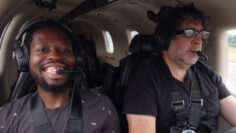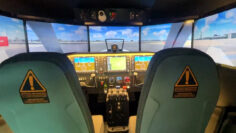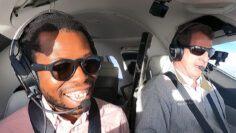Biplane Invention History
Charting the Journey and Advancements of Biplanes
Early Innovations and the Trailblazers
Following the triumphant feat of the Wright brothers, many other aviation trailblazers made impressive advancements in biplane design. Among them was Alberto Santos-Dumont, the Brazilian aviation pioneer, who crafted the lightweight and agile Demoiselle. Then, there was Glenn Curtiss, the American aviator and aircraft designer, who introduced the ‘pusher configuration,’ positioning the engine behind the pilot.
The Crucial Role of Biplanes in World War I
During World War I, biplanes emerged as an indispensable asset in military aviation. They served as reconnaissance aircraft, bombers, and even fighters. Renowned biplane models from this era include the formidable Sopwith Camel and the Fokker Dr I. The inherent stability, maneuverability, and payload-carrying capabilities of biplanes were advantageous on the battlefront.
The Downfall of Biplanes
Despite their initial popularity, biplanes began to lose their appeal by the 1920s with the rise of monoplanes. These single-winged aircraft had advantages in speed and reduced drag. Moreover, advancements in engine technology enabled monoplanes to carry heavier loads and ascend to higher altitudes. These factors collectively led to the gradual phasing out of biplanes in various aviation sectors.







